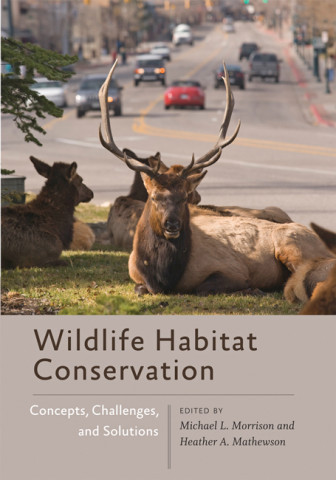
Reviews
A timely volume... A useful book for those interested in natural resources.
An excellent contribution to the understanding of what habitat is and how to conserve it.
In this very worthwhile book, the editors and chapter authors have accomplished the important task of setting forth a path to guide habitat management and conservation.
The editors of this volume accomplished their goal of reaching a broad audience and providing this audience with an understanding of the factors affecting wildlife and their habitats. The book will be most useful for wildlife students, but will also have immense utility for managers seeking to understand and address emerging habitat threats, and for researchers aiming to broaden their perspectives on the variety of factors influencing habitat.
Taken as a whole, this collection of chapters will provide a benchmark for understanding how we are to understand the global consequences of human consumption.
Book Details
Contributors
Preface
Acknowledgements
Part I: Foundation
1. The Misunderstanding of Habitat
2. Exploration and Critique of Habitat and Habitat Quality
3. Demographic Consequences of Habitat
4. Managing
Contributors
Preface
Acknowledgements
Part I: Foundation
1. The Misunderstanding of Habitat
2. Exploration and Critique of Habitat and Habitat Quality
3. Demographic Consequences of Habitat
4. Managing Habitats in a Changing World
Part II: Habitats in Peril
5. Habitat Loss and Degradation: Understanding Anthropogenic Stressors and Their Impacts on Individuals, Populations and Communitie
6. Population Genetics and Wildlife Habitat
7. Habitat Fragmentation and Corridors
8. The Impact of Invasive Species on Wildlife Habitat
Part III: Research and Conservation
9. Thoughts on Models and Prediction
10. Manage Habitat Monitor Species
11. The Effects of Disturbance and Succession on Wildlife Habitat and Animal Communities
12. Wildlife Habitat Restoration
13. Synthesis for Advancing Useful Knowledge of Habitat: Unifying Themes or Many Directions?






